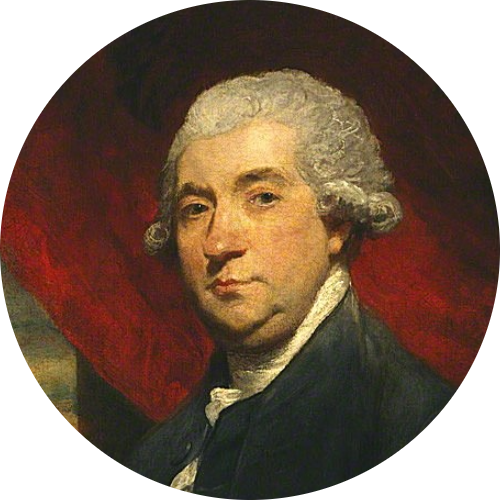Anonymous (not verified)
14 August 2016
The poem has the following section in it:
That once, 'tis thought, a tower of strength had been;
The whole a port of note in by-gone age,
As may be read in Boswell's* ample page.
I am assuming that he is referring to James Boswell does any body knowwhat lies behind this reference, did Boswell visit Lympne and see the ruins of the old Roman fort

Not sure it was James Boswell
thf1977 Fri, 08/19/2016 - 18:45
Interesting question. I don't think James Boswell every visited that part of England, except for his journey back from Paris in 1766 which would probably have been on a nearby route. I can't recall any other visits by him to the south-east.
I think, perhaps, instead that the reference may be to a book published under the name of Henry Boswell by printer Alexander Hogg in 1786 named "HISTORICAL DESCRIPTIONS OF NEW AND ELEGANT PICTURESQUE VIEWS OF THE ANTIQUITIES OF ENGLAND AND WALES". I don't have a copy of the book, but it looks and sounds like the sort of work which could include a description of Lympne Castle.
According to "A Descriptive Catalogue of Books in the Library of John Holmes, F. S. A. with Notices of Authors and Printers" (1832) the 1786 volume was
one of the publications of (in numbers) of Alexander Hogg, book-maker. It is manifestly a compilation (abridged) from the works of various writers, for the express purpose of vending the Plates, which are called in the pompous title page "A grand Repository of Elegance, Taste and Entertainment,"
The volume was published under the fictitious name of Henry Boswell, Esq. assisted by other ingenious gentleman.
The plates amount in number only to 100, but contain more than 500 subjects - views and maps.
Again, I am not certain that this is the correct source, but it does seem like it would fit the bill.
Best wishes,
Thomas
Coloured by Turner
thf1977 Thu, 09/15/2016 - 10:04
Apparently, the earliest known work of J. M. W. Turner - the famous painter - was a series of colourings which he did for a family friend in the latters personal edition of Boswell's Antiquities of England and Wales. According to Anthony Bailey in "J. M. W. Turner: Standing in the Sun":
While at Brentford, a friend of his uncle, a distillery foreman named John Lees, asked him to colour the engravings in a copy of The Antiquities of England and Wales, by Henry Boswell. According to Lees family tradition, the foreman paid Turner twopence for each of the seventy or so plates that he livened up.
Best wishes,
Thomas